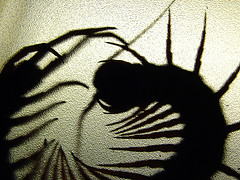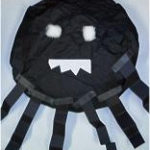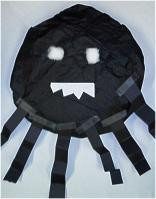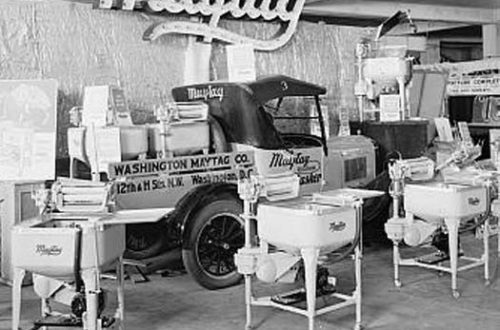Get Ahead of the Bugs and Varmints While They Are Dormant
Winter is a time of reduced pest pressure. This is a well-known fact. What isn’t so well known is that it is also a time for greatly impacting pest activity in the coming year. At this time, with the exception of rodents, pests are not as mobile. Indeed, most insects and spiders go into a dormant state that renders them completely immobile. The key thing to impacting next year’s pest populations is to know where they are and how to deal with them.
Integrated pest management companies know where they are and the most effective ways to reduce overwintering populations. They also know

how to do this primarily with mechanical and physical means that limit the amount of pesticide applied. There are several methods that are employed:
- Dormant Oil treatments are applied to deciduous trees and shrubs, and to the heavily barked lower trunks of evergreen trees. This material is approved for use in certified organic gardens and works by smothering the eggs and overwintering adults of soft-bodied insects like aphids. These insects produce a high sugar material called honeydew, a favorite food of ants and wasps. Reducing populations of these insects greatly limits ant and wasp activity around your home in the spring. Less activity results in reduced pesticide use during the coming year.
- Removal of spider egg sacks from structures using sweeps greatly reduces the number of spiders emerging in the spring. This is a completely chemical-free procedure that will enhance control effectiveness in the following months.
- Winter also makes many plants go dormant as well. Deciduous trees and shrubs lose their leaves, grasses, and weeds stop much of their growth, and these areas become more accessible for a complete inspection. Areas on structures that are hidden by foliage during much of the year are also more visible. This presents the opportunity to see and seal openings that afford pest access to the structure. Often pathways used by insects and rodents to approach your home are discovered and their locations noted for inspection and treatment as necessary in the coming year. Again these things greatly enhance control and limit the need for extensive chemical application in the future.
- Of course, rodent inspection and baiting continues and is very effective at keeping population pressure low in the area around structures. Less pressure results in lowering the need for rodents to gain access to find new living space and food sources. Remember that the stations not only control the rodents but provide a ready source of food in what the rodents feel is a secure location – outside of your home and other structures.
- Lastly, the conditions around your home can be checked to locate those soil areas where insects can successfully dig in for the winter. Areas that are covered by puddles during much of the winter, or that are exposed to the wind and freeze more heavily will not be areas where insects will survive. Sheltered, drier areas will be the target areas for drip-line inspections and treatments during February and March. Knowing where to look results in more effective control again using less pesticide to gain optimum results.
As you can see, the work that can be done in the winter will be of benefit all year long. Winter service is an important part of an Integrated Pest

Management Program that can help to keep your home or business pest-free, while protecting your living or work environment from over-application of materials.
This post was contributed by Eden Advanced Pest Control, an integrated pest management company in Western Washington and Oregon, and serves both residential and commercial customers.






